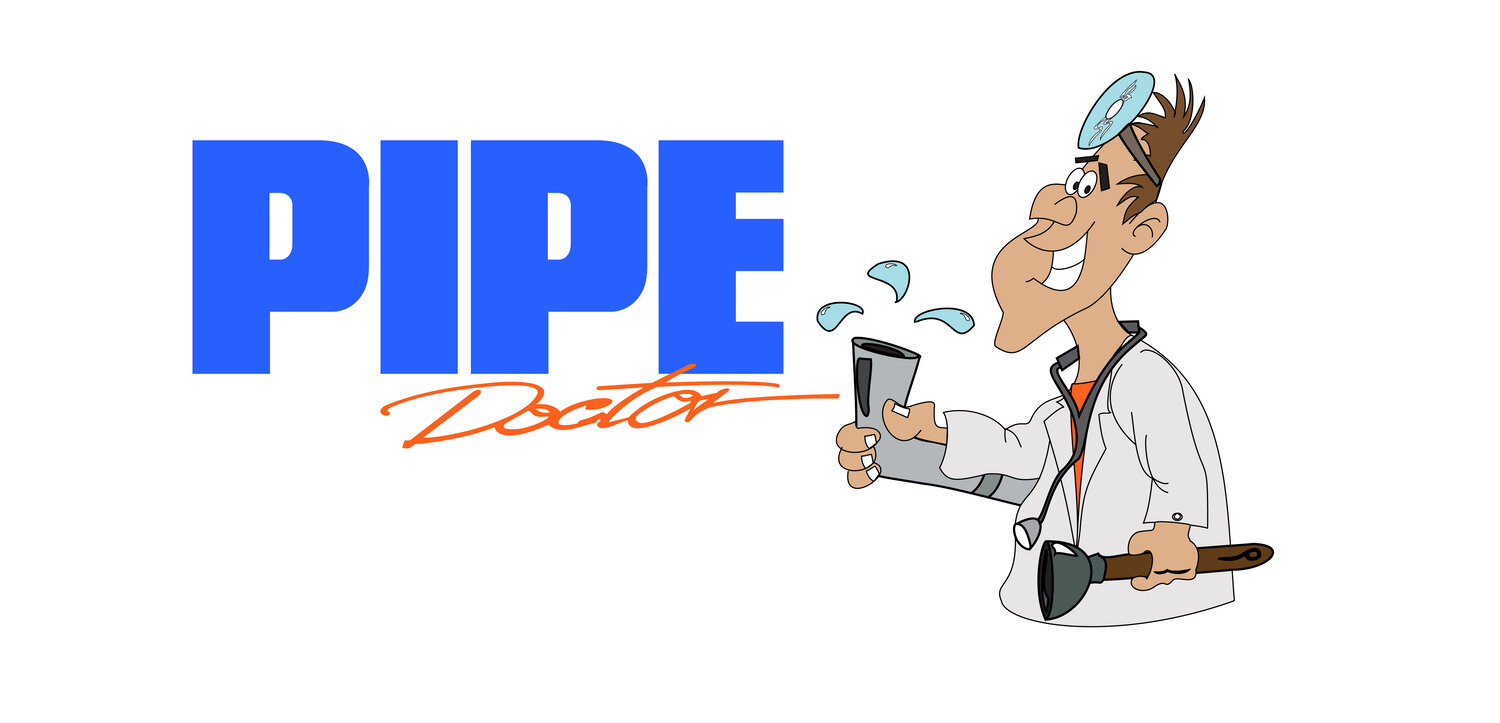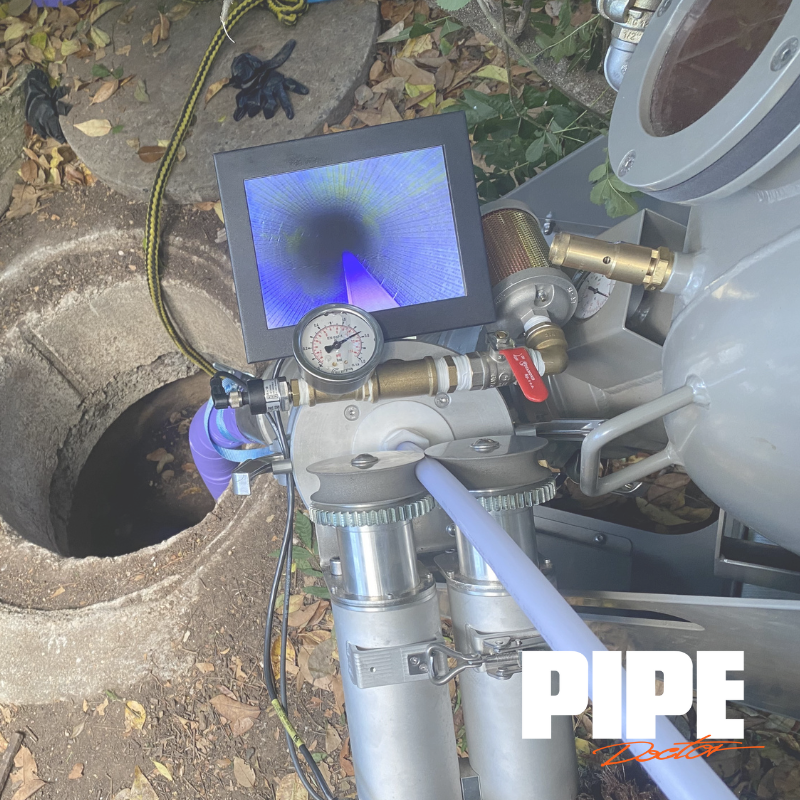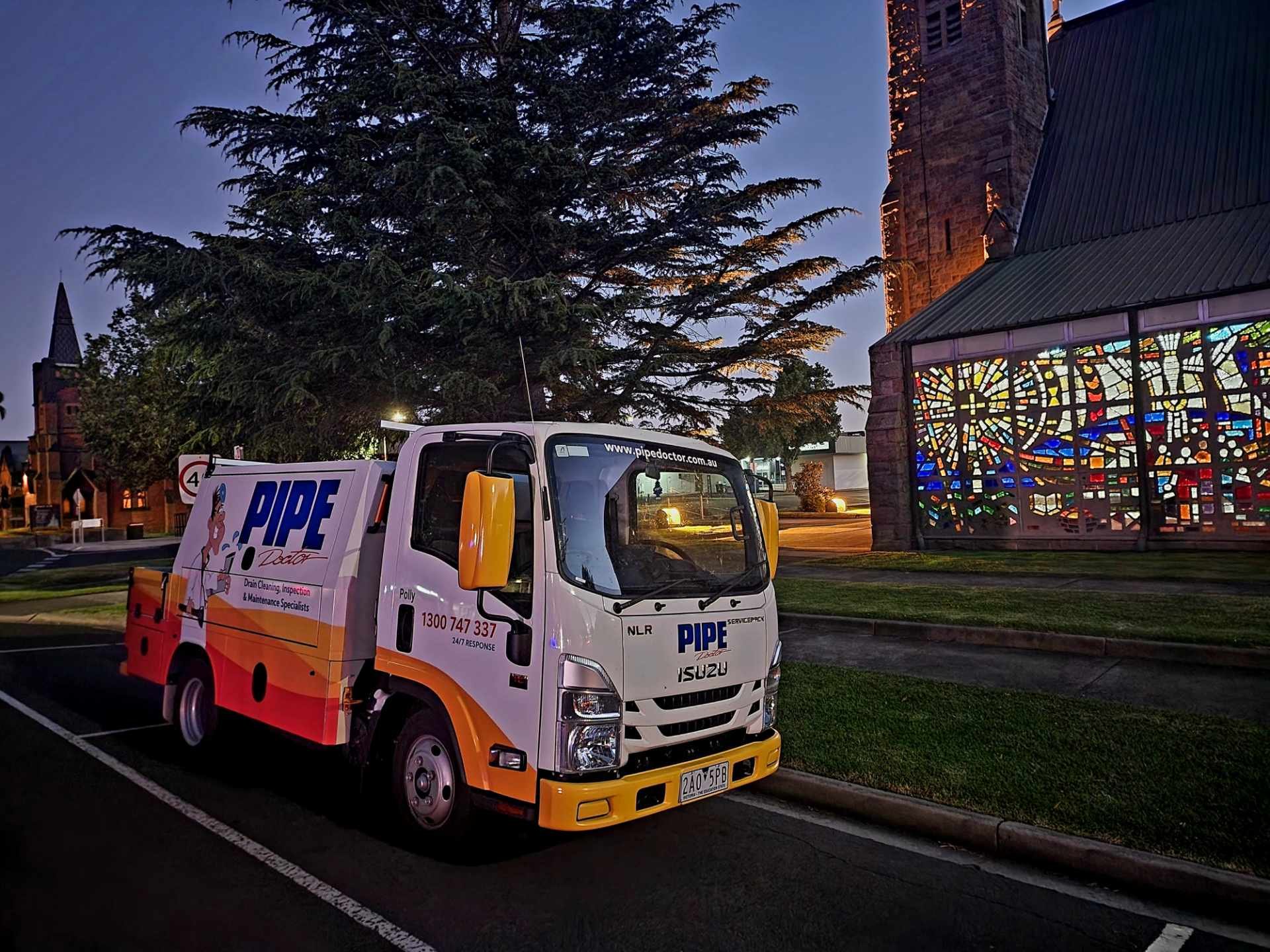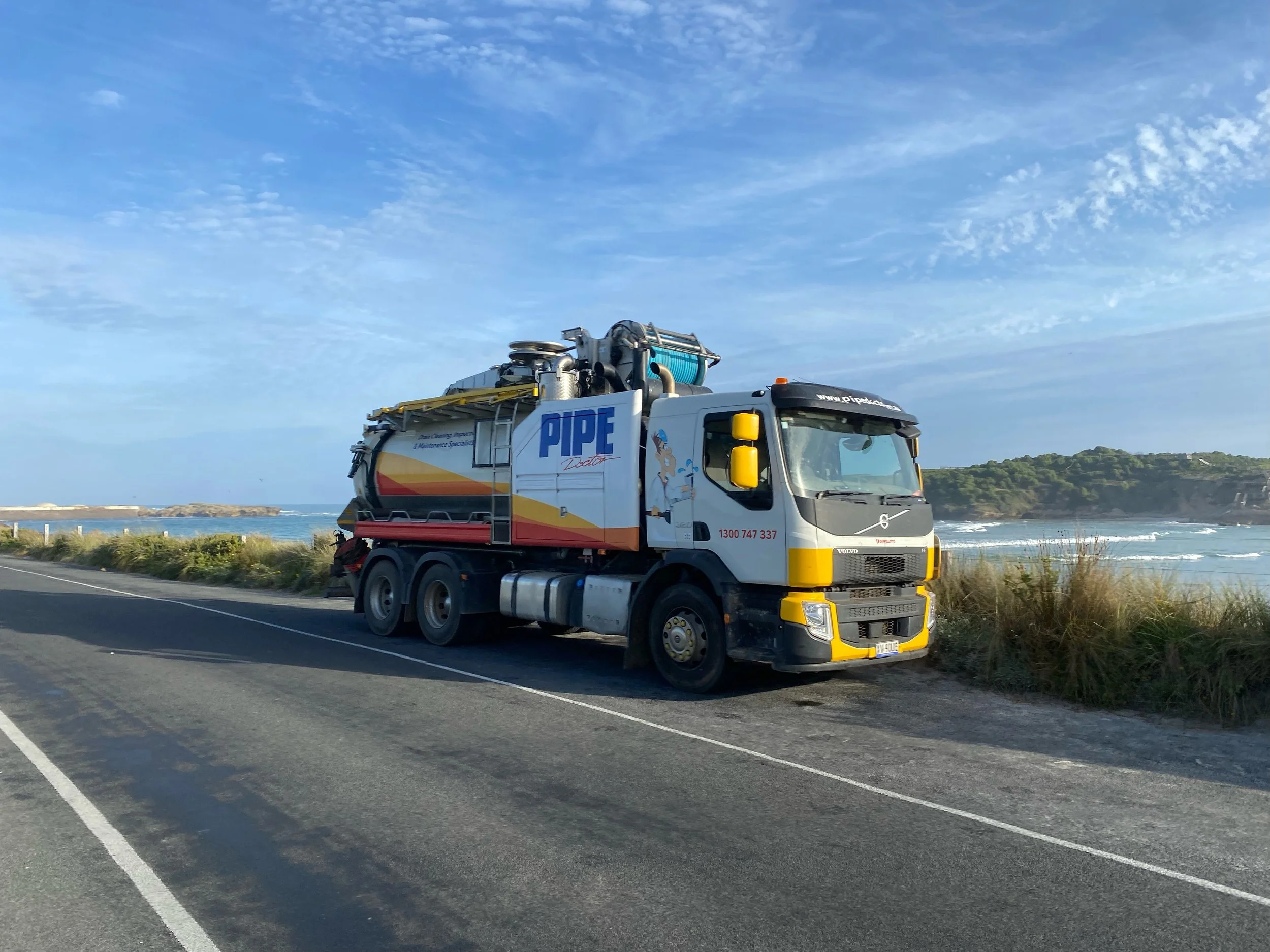What Is Pipe Relining & When Do You Need It?
Dealing with damaged or blocked pipes used to mean one thing: digging up your yard. But not anymore. Thanks to modern advancements in drainage technology, there is now a faster, less invasive, and more cost-effective way to repair your pipes — pipe relining.
In this blog, we'll break down what pipe relining is, how it works, and the signs that your property may need it. Whether you're a homeowner, property manager, or council, this guide will help you understand why pipe relining has become one of the most trusted solutions for repairing underground drainage systems.
🔧 What Is Pipe Relining?
Pipe relining is a trenchless method of repairing damaged, cracked, or deteriorated pipes without the need for excavation. Instead of replacing the entire pipe, a flexible liner coated with a special resin is inserted into the existing pipe. Once in place, the liner is cured using heat, steam, or UV light to form a new pipe within the old one.
It's a simple concept with major benefits:
✅ No digging or disruption to landscaping, driveways, or footpaths
✅ Faster repair time compared to traditional pipe replacement
✅ Long-lasting results—relined pipes can last 50+ years
✅ Suitable for sewer, stormwater, and other drainage systems
Pipe relining is especially effective in repairing:
Cracks or fractures
Tree root intrusion
Joint misalignment
Minor collapses
It's important to note that relining doesn't just solve current problems but also prevents future issues. The resin liner is smooth and seamless, eliminating weak points and improving flow efficiency.
🔍 How Does Pipe Relining Work?
Here's a step-by-step overview of a typical pipe relining process:
CCTV Drain Inspection – A high-definition camera is used to assess the internal condition of the pipe and locate damage.
Cleaning the Pipe – The pipe is cleaned using high-pressure water jetting to remove blockages, debris, or tree roots.
Measuring & Preparing the Liner – A custom liner is cut to size and saturated with resin.
Inserting the Liner – The liner is inserted into the damaged pipe and positioned using air or water pressure.
Curing the Resin – The liner is cured using hot water, steam, or UV light, creating a durable, jointless new pipe.
Final Inspection – A follow-up CCTV inspection confirms the success of the repair.
This process ensures that the repaired pipe is sealed, watertight, and resistant to corrosion and tree root intrusion, giving you peace of mind for decades to come.
When Do You Need Pipe Relining?
Pipe relining is ideal in situations where your drainage system is damaged, but the overall alignment of the pipe is still intact. Here are some key signs that pipe relining may be needed:
1. Frequent Blockages
If you're constantly dealing with blocked drains—even after cleaning—there may be underlying structural damage. Relining addresses the cause, not just the symptoms.
2. Leaks or Wet Patches in Your Yard
Unexplained soggy areas or water pooling outside could indicate a damaged underground pipe. Rather than excavating your entire lawn, relining offers a quicker and less invasive solution.
3. Tree Root Intrusion
Tree roots seek moisture and can break into your pipes through cracks or joints. If root regrowth is a recurring problem, relining creates a sealed, jointless barrier to keep them out.
4. Ageing or Fragile Pipes
Older homes are more likely to have pipes made from clay or cast iron, which can deteriorate over time. Relining reinforces these pipes, extending their lifespan without requiring full replacement.
5. Bad Odours or Gurgling Noises
Strange smells and sounds from your drains often signal internal pipe damage. A CCTV inspection will confirm if relining is needed to restore proper flow and function.
What Are the Benefits of Pipe Relining?
Pipe relining is becoming increasingly popular for a reason:
Minimal Disruption – No digging means minimal mess, faster turnaround, and no need to replace landscaping or concrete.
Cost-Effective – Although the upfront cost may be similar to traditional repairs, relining often ends up cheaper when you factor in landscaping, labour, and time.
Environmentally Friendly – Reduces waste and disturbance to the surrounding environment.
Stronger Than the Original Pipe – The cured liner is highly durable and resistant to damage.
Quick Turnaround – Most relining jobs can be completed within a day.
Prevents Future Problems – The new internal surface is smoother, reducing the risk of future blockages.
How Long Does Pipe Relining Last?
A professionally relined pipe can last 50 years or more, depending on environmental conditions and proper usage. Most relining systems come with a 25-year warranty, providing peace of mind for property owners. Relined pipes are also more resistant to common issues like root intrusion, corrosion, and internal buildup, making them a reliable long-term solution.
What Pipes Can Be Relined?
Pipe relining can be used on a variety of pipe materials, including:
Clay
Cast Iron
PVC
Concrete
Asbestos Cement (AC pipes, under certain conditions)
It's also suitable for pipes of various diameters and applications, including sewer lines, stormwater drains, and vertical stacks. In addition to residential use, pipe relining is increasingly being used for commercial and municipal drainage networks due to its speed and durability.
Final Thoughts: Is Pipe Relining Right for You?
Pipe relining is a game-changing solution for dealing with pipe damage quickly, cleanly, and with minimal disruption. Relining provides a modern, reliable alternative to costly and messy excavations, whether you're managing a household, a strata property, a commercial facility, or a council asset.
By identifying issues early and choosing the right repair method, you can avoid the stress, expense, and downtime that comes with traditional pipe replacement.
📅 Think you might need pipe relining? Contact Pipe Doctor today to book a CCTV inspection and get expert advice on the best solution for your drainage issue.
When you have a drainage disaster, you can count on us to get you back up and running.
“Knock, Knock, Pipe Doctor” 1300 747 337













